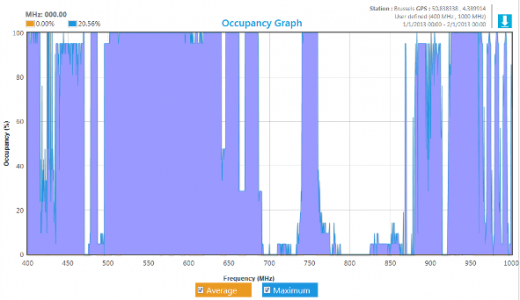
Microsoft has disclosed fresh details today about a new center in Brussels, called the Microsoft Spectrum Observatory, which is examining how the existing radio spectrum can be used to provide users with better wireless Internet.
The company has re-emphasized that the number of devices accessing the Internet is increasing, and that as a result, the radio spectrum is starting to feel the strain. Over the last ten years Microsoft has been looking at ways to solve this problem – including devices that could access unused parts of the spectrum, as well as TV white spaces – but so far, it seems that a solution hasn’t been found.
The Spectrum Observatory is being described by Microsoft as an “important breakthrough” in this field though. One of the toughest challenges is keeping track of how, when and which spectrum is being used at any one time. Without that information, it becomes incredibly difficult for regulators and policy makers to decide how best to utilize what’s left.
The Spectrum Observatory in Brussels, which follows two other buildings setup in Redmond and Washington, is a “one-stop” solution for tracking spectrum usage, as it both collects and analyses the data needed to make decisions on where expanded spectrum sharing should occur next.
The installation draws down data collected through a number of different monitoring stations, which scan for signals being transmitted between 30MHz and 6GHz (commonly used for TV broadcasting, mobile phones and satellite communication) every three seconds. These stations measure the power of each signal, which can then be processed at the Spectrum Observatory using Microsoft’s Azure Cloud platform.

The graph shows the use of the ultra-high frequency (UHF) band between 400MHz and 1GHz in Brussels last week. The noticeable gaps towards the center-right proves that at any one time, not all parts of the spectrum are being used.
Tracking how much of the radio spectrum is being taken up at any one time is a crucial step to working out how regulators can support more users and devices accessing the Internet. It’s not an easy task by any means, but here’s hoping that buildings such as the Microsoft Spectrum Observatory in Brussels can bring us one step closer.
Image Credit: STAN HONDA/AFP/GettyImages
Get the TNW newsletter
Get the most important tech news in your inbox each week.




